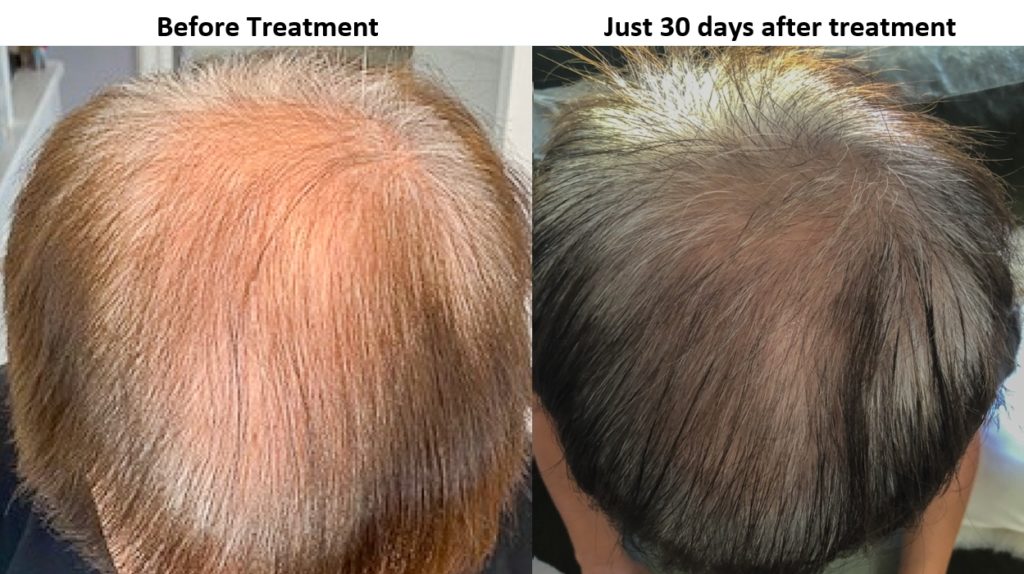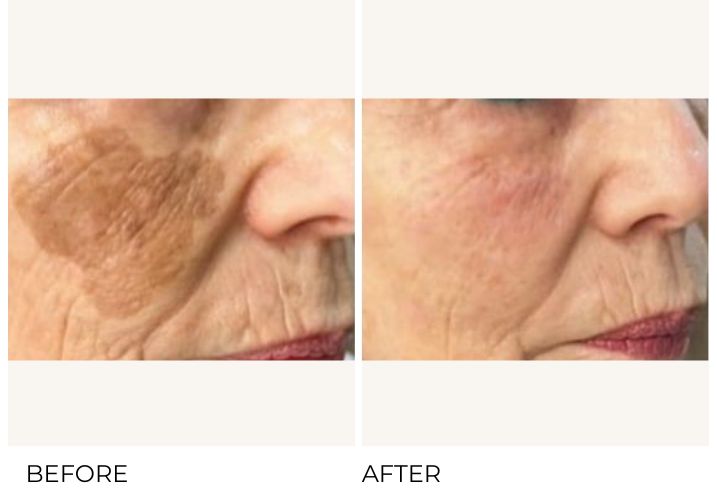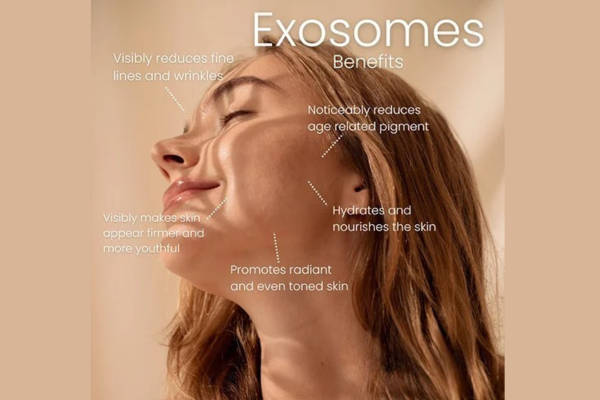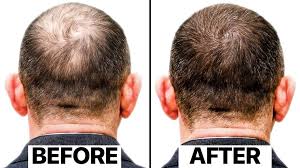Exosome therapy has emerged as one of the most promising advancements in the field of regenerative medicine, offering a new hope for those seeking effective treatments for skin and hair restoration. This revolutionary therapy leverages the power of exosomes—tiny vesicles naturally produced by cells—to stimulate healing, promote regeneration, and reduce inflammation. The potential of exosome therapy has caught the attention of both medical professionals and patients, as it provides a non-invasive option for enhancing skin and hair health.
This blog explores how exosome therapy works, its benefits, and the impact it can have on skin and hair restoration. We’ll also delve into the common questions people have about this treatment and provide insights from an experienced expert in the field. By the end of this article, you’ll have a clearer understanding of exosome therapy and how it can help rejuvenate your skin and hair.
What is Exosome Therapy?

Cells naturally secrete exosomes—small membrane-bound vesicles—used in exosome therapy.
These exosomes carry a wealth of molecular information, such as proteins, lipids, RNA, and other bioactive molecules, which they use to communicate with nearby cells. When injected into the skin or scalp, exosomes can stimulate cellular regeneration, boost collagen production, and reduce inflammation, leading to improved skin texture and hair growth.
The primary role of exosomes in therapy is to deliver essential biological signals to the target cells, helping them repair and rejuvenate. Exosome therapy is considered more efficient and versatile because it influences a wide range of cellular processes without introducing foreign substances or cells into the body, unlike other treatments that rely on growth factors or stem cells.
How Does Exosome Therapy Work?

Exosome therapy works by harnessing the natural regenerative properties of exosomes to promote healing and tissue repair. The process begins with collecting exosomes, which human mesenchymal stem cells (MSCs) secrete when cultured in a controlled environment, releasing exosomes rich in growth factors and proteins necessary for tissue regeneration.
Once isolated, the exosomes are injected into the targeted areas of the skin or scalp. The exosomes then interact with nearby cells, delivering their biological cargo to trigger a series of healing processes. This can include stimulating the production of collagen, enhancing cell proliferation, improving blood circulation, and reducing inflammation.
For skin restoration, exosome therapy helps to repair damaged tissues, reduce the appearance of fine lines and wrinkles, and promote a youthful glow. In the case of hair restoration, exosome therapy can stimulate hair follicles, improve the density of hair, and even trigger new hair growth in areas affected by thinning or baldness.
Benefits of Exosome Therapy for Skin
Exosome therapy offers a range of benefits for skin rejuvenation and overall health. Some of the key advantages include:

- Improved Skin Texture: Exosome therapy promotes collagen production, which helps to firm the skin and reduce the appearance of fine lines and wrinkles. This results in smoother, more youthful skin.
- Enhanced Healing: Exosomes accelerate the healing process by reducing inflammation and promoting cell turnover. This makes them effective for treating scars, acne marks, and other skin blemishes.
- Hydration and Firmness: Exosome therapy enhances the skin’s ability to retain moisture, leading to improved hydration and firmness.
- Non-invasive: Unlike traditional facelift or chemical peel treatments, exosome therapy is non-surgical and minimally invasive, with little to no downtime required.
- Safe and Natural: Since the body produces exosomes, the risk of allergic reactions or side effects is low.
Benefits of Exosome Therapy for Hair Restoration

Exosome therapy is also gaining traction in the field of hair restoration. Here’s how it benefits hair growth:
- Stimulates Hair Follicles: Exosomes contain growth factors that help to stimulate dormant or miniaturized hair follicles, encouraging them to enter the active growth phase.
- Increases Hair Density: Regular exosome treatments can increase the density of hair, making it thicker and fuller over time.
- Prevents Hair Loss: By improving the health of hair follicles, exosome therapy can prevent further hair loss and slow down the progression of conditions like male and female pattern baldness.
- Promotes Hair Growth: In areas where hair has stopped growing, exosome therapy can kick-start the growth process by regenerating the hair follicles.
- Non-surgical: Exosome therapy for hair restoration provides a non-invasive alternative to hair transplant surgery, reducing the need for scalp incisions or stitches.
Doctor Introduction
Dr. Manisha Saney is a renowned Cosmetologist & Trichologist with extensive experience in skin and hair treatments. Dr. Saney handles patients and manages treatment strategies with her deep knowledge and practical skills in cosmetology, earning high regard for her expertise. She has also worked as a counselor, assisting patients in understanding their conditions and the most effective treatment plans. As the branch manager at Revive Clinic, Dr. Saney specializes in patient care and personalized treatment options. Revive Clinic, located in Kurla, Mumbai, is well-known for its comprehensive services in skin, hair, homeopathy, and laser treatments, making it a trusted destination for aesthetic care.
FAQs About Exosome Therapy
1. Is exosome therapy safe?
Trained medical professionals generally consider exosome therapy safe. Since human stem cells derive exosomes, the risk of adverse reactions remains minimal. However, as with any treatment, it is essential to consult with your healthcare provider to ensure it’s right for you.
2. How many sessions are required for noticeable results?
The number of sessions required depends on your specific skin or hair condition. For skin rejuvenation, patients typically require 2-3 sessions spaced a few weeks apart, while hair restoration may require ongoing treatments for several months to achieve full results.
3. Is exosome therapy painful?
Exosome therapy is a minimally invasive procedure that involves microinjections into the skin or scalp. Most patients report only mild discomfort during the treatment, and a local anesthetic can be used to numb the area for added comfort.
4. How long do the results last?
The results of exosome therapy can last for several months, but it may vary based on the individual and the area being treated. Regular maintenance sessions can help to prolong the results.
5. Can exosome therapy be combined with other treatments?
Yes, exosome therapy can be combined with other treatments, such as PRP (Platelet-Rich Plasma), microdermabrasion, or laser therapy, to enhance the results. Consult with your doctor to determine the best treatment plan for your needs.
Conclusion
Exosome therapy offers a groundbreaking approach to skin and hair restoration, harnessing the natural regenerative properties of exosomes to promote healing, rejuvenation, and regeneration. Whether you’re looking to improve skin texture, combat hair loss, or rejuvenate tired skin, exosome therapy provides a safe, non-invasive, and highly effective solution. By stimulating the body’s natural healing processes, this therapy helps restore vitality and enhances your overall appearance.
If you are considering exosome therapy, it’s important to consult with a qualified specialist to understand how it can benefit your specific needs. Don’t wait to begin your journey to healthier skin and fuller hair.
